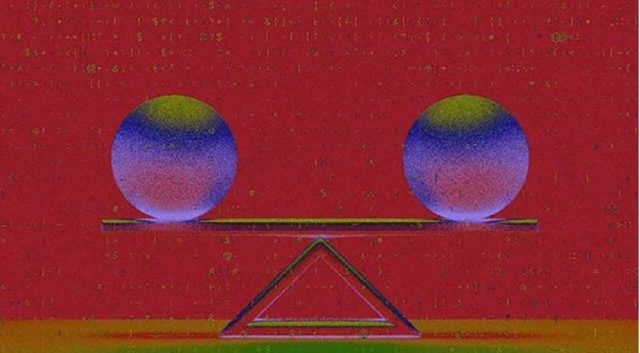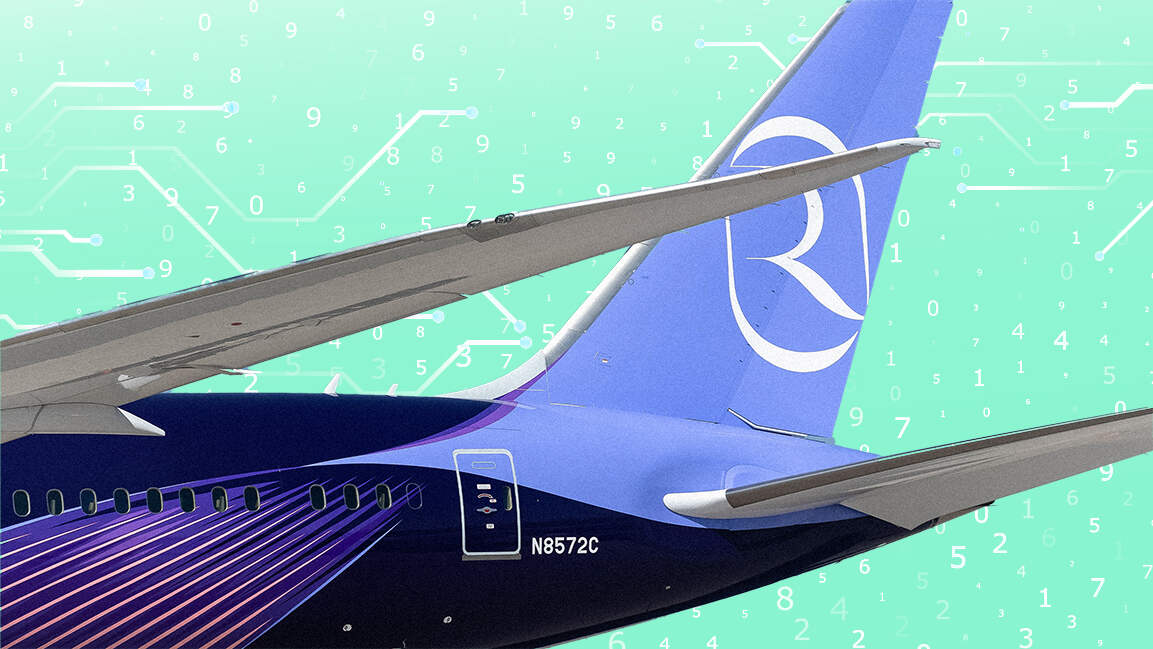- | 9:16 am
Evolutionary scientists find symmetry in nature, and beauty in simplicity

Symmetry abounds in nature, often in its most beautiful forms. A perfect snowflake, a blooming sunflower, a light-harvesting complex from a bacterium—they all exhibit striking symmetry, crafted by some grander design.
But how did that design come to be? Why have so many natural forms manifested in such orderly patterns, especially when laws of thermodynamics dictate that the universe trends toward higher entropy and ever-growing randomness?
Could it be that evolution favors symmetry? Scientists believe so, and a team of researchers from a university in Norway has endeavored to prove why. In a report published in the Proceedings of the National Academy of Sciences, the team combined elements of biology, computer science, and mathematics to support the theory that evolution has an overwhelming preference for “simple” algorithms, which determine how our planet’s natural structures blossom.
Such algorithms encode the building blocks for all life on Earth, from the mitochondrial cells in a leopard’s muscle fibers to the chloroplasts in an aspen tree—all of which are notably symmetric. The simpler these algorithms, the better, scientists argue, as more complexity presents greater chance for things to go wrong.
Put differently, as the study’s lead author Iain Johnston, explains, “Imagine having to tell a friend how to tile a floor using as few words as possible . . . You wouldn’t say: put diamonds here, long rectangles here, wide rectangles here. You’d say something like: put square tiles everywhere. And that simple, easy recipe gives a highly symmetric outcome.” Hence, there exists an abundance of symmetry in tile patterns worldwide—and in nature, whether radial (starfish, pine cones, the cross-section of a kiwi fruit) or bilateral (a butterfly, a maple leaf).
The team employed computational modeling to show that many more possible genomes in life describe simple algorithms than complex ones, and subsequently, more simple algorithms are likely to be discovered by evolution. They then rooted these findings in the field of algorithmic information theory, “which provides quantitative predictions for the bias toward descriptive simplicity,” says Ard Louis, a professor at the University of Oxford and corresponding author of the study.
In a final framework, the authors relate those findings to the “famous trope of monkeys typing at random on typewriters.” Called the “infinite monkey theorem,” this thought experiment posits that a monkey punching random keys on a typewriter for an infinite amount of time will eventually produce any given text—such as the complete works of William Shakespeare, among literally any other imaginable literature. But instead, consider those texts as algorithms, and the monkey as nature’s programmer, embodying the whizzing forces of physics and the very state of being. The monkeys would more frequently produce simple algorithms than complex ones, just by virtue of probability. This is, the scientists say, a more intuitive way of thinking about it.
Moving forward, the team hopes to investigate their predictions for how a bias for simple algorithms shapes larger-scale developmental processes.
































